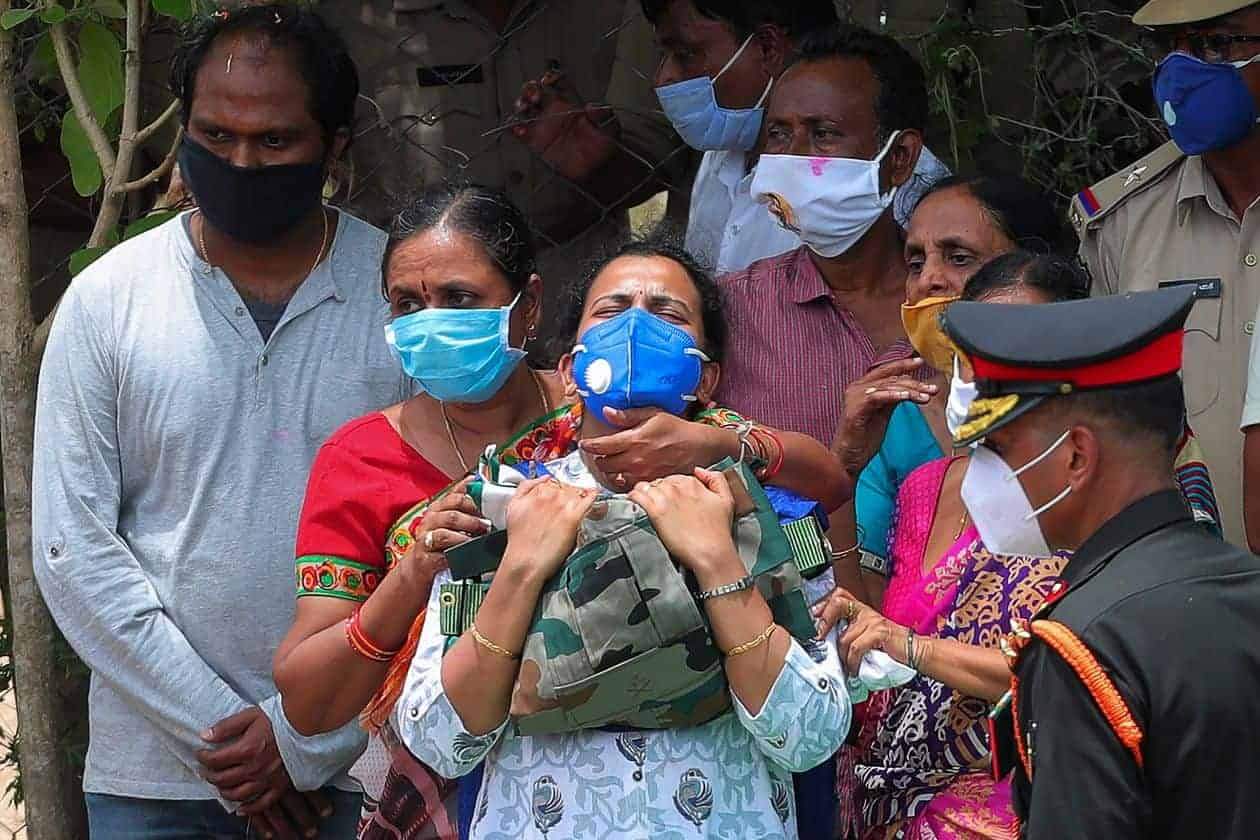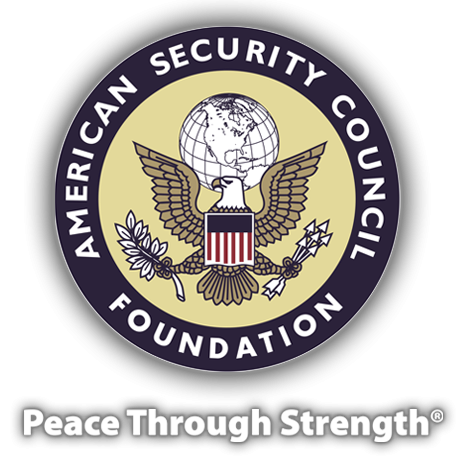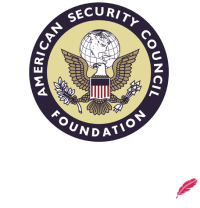After China Border Fight, India Likely Weighs Closer U.S. Military Ties

Faced with an increasingly assertive and well-armed China, Indian policy makers are likely considering whether to further expand military cooperation with the U.S. and American allies who share their concerns about Beijing’s rising power, according to analysts.
A brutal border clash last week between Indian and Chinese forces, which left 20 Indian soldiers and an undetermined number of Chinese dead, was the most recent stark reminder of the challenge posed by Chinese military activity along the two countries’ disputed Himalayan frontier and in the Indian Ocean.While India will resist direct involvement from other countries in dealing with China on its disputed border, the South Asian country will seek to create leverage more broadly with China by working more closely with the U.S. to bolster its military strength and with other Asian countries to broaden its regional influence, say analysts.
“India will try to align closer to the U.S. and others also wanting to check China,” said Manoj Joshi, a distinguished fellow with the Observer Research Foundation, a New Delhi-based think tank. “India will step up diplomatic efforts with like-minded countries like the U.S., U.K., Australia and Japan.”
Once staunchly determined to remain nonaligned—a term that defined India’s foreign policy for much of its first 50 years of existence—the South Asian nation has built closer ties to Washington. Recently it has also expanded defense relations with U.S. allies Japan and Australia as part of what has been dubbed the quadrilateral, or quad, dialogue.
India, Japan and the U.S. have already staged joint naval exercises in the Indian Ocean in recent years. And India this month signed a new agreement with Australia that will allow the two countries access to each other’s military bases, paving the way to deepening defense ties.
The Quad, while careful to avoid the perception of aiming to contain a rising China, is viewed by the U.S. as one of the most important mechanisms to counterbalance China’s growing influence and military might in what the U.S. military has now dubbed the Indo-Pacific region.
From its founding in 1947, India long resisted a close relationship with the U.S., avoiding pro-Western stances during the Cold War between the U.S. and the Soviet Union. India became a major arms buyer from the U.S.S.R. Even after the collapse of the Soviet Union India defied Western pressure and declined to sign on to Western-led efforts to restrict nuclear arms, conducting nuclear tests in 1998 that drew international sanctions.
In 2004, however, a landmark civilian nuclear deal between the U.S. and India opened a new era of cooperation that has steadily expanded economic and, especially, military ties between the two countries. The U.S. now treats India as a Major Defense Partner—as close a military relationship as it gets short of a treaty alliance like what the U.S. has with the countries in the North Atlantic Treaty Organization or with Japan and South Korea.
“India’s security environment is challenging,” Ajay Kumar, India’s defense secretary, told The Wall Street Journal earlier this year, prior to the most recent clashes along the disputed border. “The decision to work together as independent partners is mutual and it reflects a vision shared at the highest political levels.”
In recent years, India has signed a series of important agreements with the U.S. military allowing expanded purchases of U.S. military equipment and joint operations between the two countries. U.S. military contractors such as Boeing Co. and Lockheed Martin Corp. are among the leading candidates to sell a fleet of fighter jets that India intends to purchase in the coming years.
China has frequently warned India—as well as other countries—not to join into diplomatic and military efforts China views as aimed at containing its power. Some analysts say China’s assertiveness in the Himalayas could be intended as a warning to India of the troubles it can cause should India sign on to more overt efforts to rein in China.
In the immediate grinding conflict with China on the two countries’ disputed border, India faces difficult choices, according to analysts, and will have to make them under growing public pressure.
Anti-Chinese protests broke out in India as funerals for the Indian soldiers took place in the aftermath of the clash. And campaigns to boycott Chinese goods have gained steam. The Indian government had already told state-run and private telecommunications companies not to use Chinese equipment as they prepare to invest billions to build out wireless networks.
A decision on whether to allow Indian companies to form partnerships with Chinese telecom giant Huawei Technologies Co. in the race to introduce advanced 5G technology is still pending.
“The mood toward China is going to change in very corrosive ways,” said Ashley Tellis, a former senior security official in the George W. Bush administration and an analyst with the Carnegie Endowment for International Peace. “The pressure on him to respond in some fashion will be really significant.”
But directly retaliating for the fatal June 15 clash risks an even deadlier escalation with a military whose budget is almost four times larger. Yet analysts say Prime Minister Narendra Modi can’t afford to back down, and concede to China’s claims on large swaths of territory that in some cases have been integrated into India.
First China and then more recently India built up road networks and military facilities along their sides of the disputed border zone in recent years. Analysts say China, which has called India’s recent completion of a road to a strategic airfield a provocation, has caused Indian security officials deep concern by stepping up patrols and setting up encampments in parts of the disputed zone where it hadn’t previously been active.
“India-China relations today are at an inflection point,” said Ashok K. Kantha, director of the New Delhi-based Institute of Chinese Studies and former Indian ambassador to China. “India-China relations are under a lot of pressure at this point of time and if the Chinese don’t take corrective action, that pressure will increase.”
Photo: The wife of an Indian soldier killed in the border clash received a military uniform and a flag at a ceremony in Hyderabad, India, on Thursday. - MAHESH KUMAR A/ASSOCIATED PRESS











